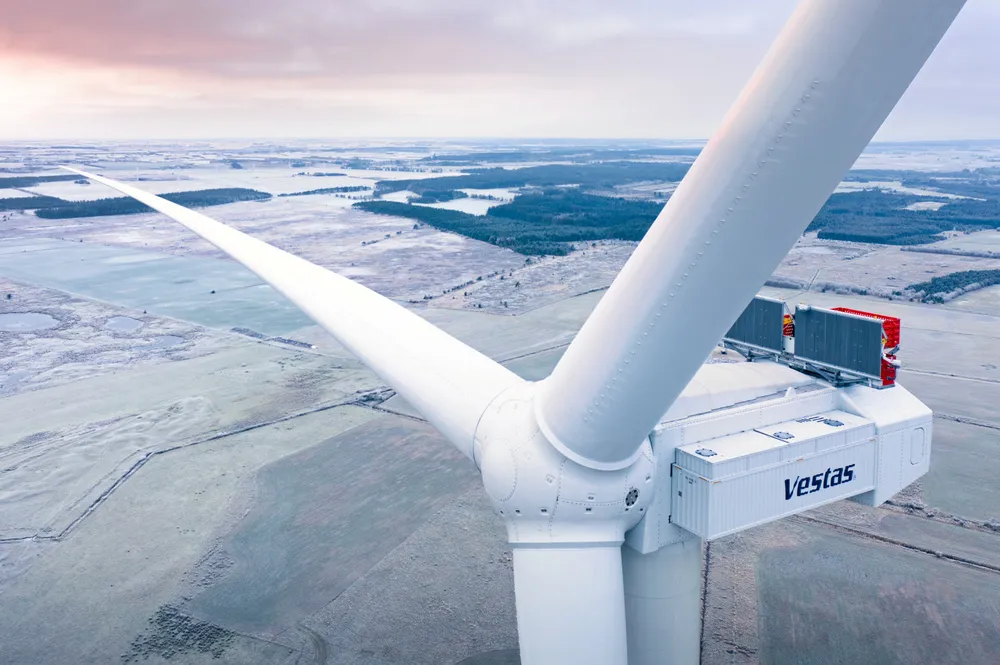Green hydrogen | 'Solid-oxide electrolysers can handle variable wind power without shortening lifespan': study
Danish scientists test Topsoe stack for 12 weeks, but warn that further data needed to assess system-level durability

Danish scientists test Topsoe stack for 12 weeks, but warn that further data needed to assess system-level durability
